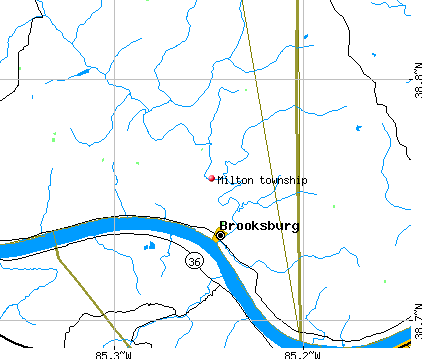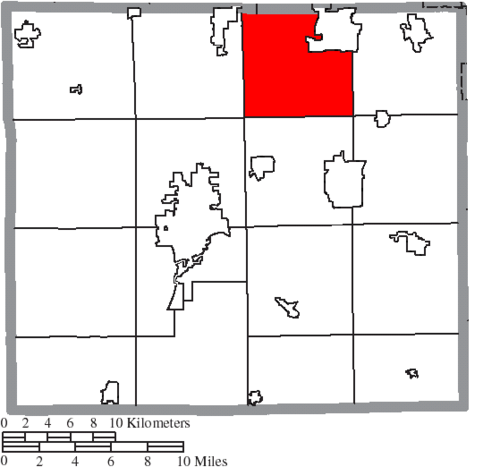

It was not until the early twentieth century that it was superseded in size by the now considerably larger local town of Balclutha. The town's importance in communication in the early years of New Zealand settlement is emphasised by it being one of the two centres first linked by long-distance telephony, with a pioneering line set up between Milton and Dunedin in February 1878. Other prominent industries included the Kiwi Bacon Factory, which had a branch in Milton until the early 1980s. Milton was an important town in early Otago – much more so than it is today – mainly due to its location on the route to the goldfields, and also for the Bruce Woollen Mills, which were among the province's largest factories. It was located as a terminating vista at the end of the main road connecting Fairfax with the main route south from Dunedin to the goldfields, and as such is an imposing structure dominating this road.

The church is still the town's most obvious landmark, and is visible across the Tokomairiro Plains from several kilometres away.

At the time of its construction, this church was the tallest building at such a southern latitude in the world. A Gothic church, Tokomairiro Presbyterian Church, was built at this time by the architect R A Lawson. As communication with the goldfields in the interior became more important, and the desirability of the town becoming a staging post increased, it spread down onto the plains around the river. The town was originally established at Fairfax, a settlement nestling at the foot of the hills which lie to the southeast of the town. Lawson's impressive church dominates the old road to Fairfax (Tokoiti). As Milton stood close to one of the most easily accessible routes to the interior, it grew greatly during the goldrush years of the 1860s and was a major staging post for prospectors heading for the goldfields. Milton's early history was strongly affected by the discovery of gold by Gabriel Read at Gabriel's Gully close to the nearby township of Lawrence. It is equally possible, however, that the name Milton inspired the choice of poets' names for the streets.

The town's streets are named for prominent British poets, and it is possible that the town's original intended name of Milltown became shortened by association with the poet of the same name. This river gives its name to many local features, notably the town's only secondary school, Tokomairiro High School.įounded as a milling town in the 1850s, there has long been dispute as to the naming of the settlement. It lies on the floodplain of the Tokomairaro River, one branch of which loops past the north and south ends of the town. Milton, formerly known as Tokomairiro or Tokomairaro, is a town of over 2,000 people, located on State Highway 1, 50 kilometres to the south of Dunedin in Otago, New Zealand.


 0 kommentar(er)
0 kommentar(er)
